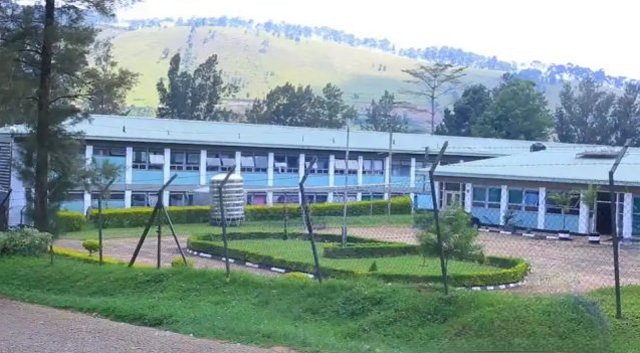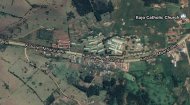
|
Itojo Hospital |
Itojo Hospital |
Itojo Hospital | Itojo Hospital |

The physical facilities themselves are distributed across a campus that has undergone staggered development and renovation over several decades. Comprising a mix of older, structurally sound buildings and newer, purpose-built wards, continuous infrastructural upkeep is a constant requirement. The hospital features dedicated wards for general medicine, surgery, maternity and gynaecology, and a distinct paediatric unit, each organised to maximise patient management efficiency. Auxiliary facilities crucial to full operational status include the accident and emergency unit, which handles critical admissions and trauma cases, and administrative blocks necessary for managing human resources and logistics. Staff accommodation, though often insufficient or requiring extensive refurbishment, is also situated on the campus to ensure rapid response times, particularly for surgical and emergency personnel. Recent national and international investments have focused on upgrading critical infrastructure, such as improving water and sanitation systems and enhancing electrical reliability, particularly within the operating theatre and the laboratory, where consistent power supply is non-negotiable for safety and accurate diagnostics. Despite its foundational importance and committed staff, Itojo Hospital consistently faces significant operational challenges common to regional public health facilities across Uganda. Foremost among these is the persistent strain on resources, which includes erratic budget allocations for non-wage expenditures. This often translates directly into periods of scarcity, impacting the consistent availability of essential medical supplies, diagnostic reagents, and necessary maintenance funds for specialised equipment. Equipment functionality represents another substantial hurdle; sophisticated machines, such as X-ray units or ultrasound scanners, often require specialised maintenance that local technicians cannot provide, leading to prolonged periods of downtime that force costly patient referrals to distant private facilities or higher-level government hospitals. Staffing poses a further complexity. While Itojo boasts a committed workforce, the overall establishment is frequently understaffed, particularly concerning specialist doctors and experienced nurses. Retaining highly skilled personnel in a rural setting remains difficult due to competitive salaries and better professional development opportunities available in urban centres. Furthermore, the hospital struggles with maintaining utility infrastructure stability; reliable access to clean water and consistent electricity often depends on backup generators and external water sources, significantly increasing overhead costs and presenting constant logistical pressures on hospital management. |








